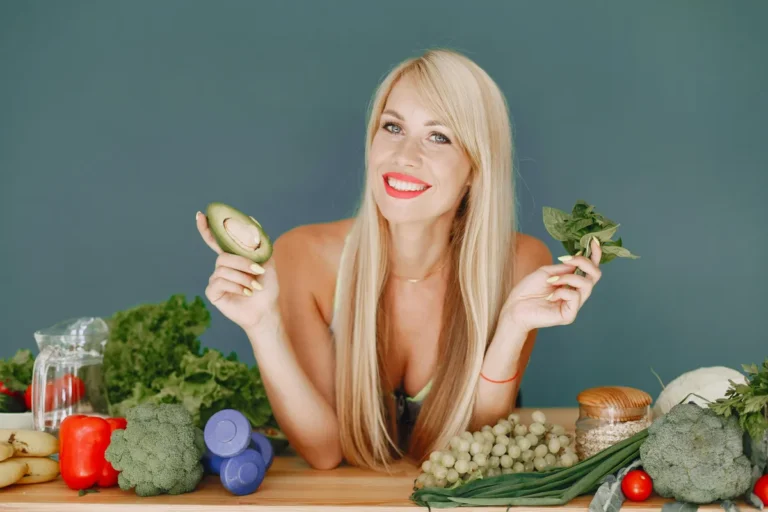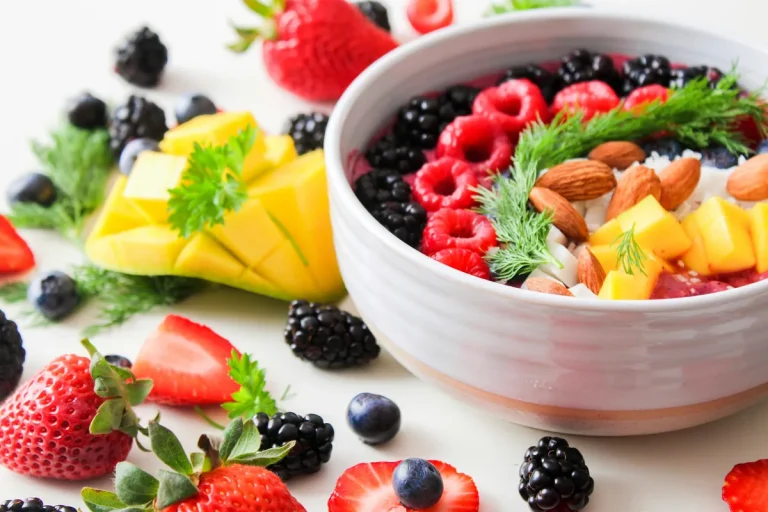Nutrition advice can feel like a maze—macros, micros, portion control, glycaemic index… it’s enough to make anyone reach for a snack out of sheer confusion. But what if building a nourishing meal didn’t require a calculator or a food scale?
Enter the 3-2-1 Formula—a simple, visual framework that helps you build balanced plates without overthinking. It’s not a diet. It’s a flexible guide rooted in real food, real life, and real results.
Why Simplicity Wins in Nutrition
Let’s be honest: most people don’t have time to track every gram of protein or log every bite into an app. The 3-2-1 Formula works because it’s:
- Intuitive: You can eyeball it—no measuring cups required.
- Flexible: Works for any cuisine, dietary preference, or meal type.
- Time-saving: Helps you make quick decisions without sacrificing nutrition.
Whether you’re prepping meals for the week or assembling a last-minute lunch, this method keeps things balanced and satisfying.
The 3-2-1 Breakdown
Here’s how it works:Your Weekly Wellness Boost
- 3 parts vegetables
- 2 parts protein
- 1 part smart carbs
Think of your plate as a pie chart. The largest slice goes to veggies, followed by protein, then a modest portion of carbs. This ratio supports energy, satiety, and blood sugar balance—without cutting out entire food groups.
3 Parts Vegetables
Vegetables are your nutritional powerhouse. They’re rich in fiber, vitamins, minerals, and antioxidants. Aim for variety—colors, textures, and types.
Examples:
- Leafy greens (spinach, kale, rocket)
- Roasted veg (broccoli, carrots, courgette)
- Raw crunch (cucumber, bell peppers, cherry tomatoes)
Don’t stress about perfection. Frozen or pre-chopped veg are just as valid. The goal is abundance, not aesthetics.
2 Parts Protein
Protein keeps you full, supports muscle repair, and stabilizes energy. Choose lean, whole-food sources that align with your lifestyle.
Examples:
- Animal-based: chicken, turkey, eggs, salmon
- Plant-based: lentils, tofu, tempeh, chickpeas
If you’re plant-based, pair proteins smartly (e.g., beans + grains) to cover your amino acid bases. And yes, leftovers count—reheated grilled tofu is still a win.
1 Part Smart Carbs
Carbs aren’t the enemy—they’re your body’s preferred fuel. The key is choosing complex, fiber-rich sources that digest slowly.
Examples:
- Whole grains: quinoa, brown rice, bulgur
- Root veg: sweet potatoes, parsnips
- Legumes: black beans, lentils
You don’t need to fear carbs. You just need to choose ones that work with your body, not against it. The 3-2-1 ratio keeps them in check without demonizing them.
Putting It All Together: Sample Plates
Here are a few real-world examples of the 3-2-1 Formula in action:
Lunch Bowl
- 3 parts: roasted courgette, cherry tomatoes, spinach
- 2 parts: grilled halloumi or chickpeas
- 1 part: cooked quinoa
Weeknight Stir-Fry
- 3 parts: broccoli, peppers, carrots
- 2 parts: pan-fried tofu
- 1 part: brown rice
Quick Salad
- 3 parts: mixed greens, cucumber, shredded beetroot
- 2 parts: boiled eggs or lentils
- 1 part: roasted sweet potato cubes
Batch Tip: Prep components separately and mix/match throughout the week. This keeps meals fresh and avoids the dreaded “same lunch every day” fatigue.
Final Thoughts: Balance Over Perfection
The 3-2-1 Formula isn’t rigid—it’s a rhythm. It helps you build meals that nourish without overcomplicating. And it’s forgiving. Some days you’ll eat more carbs, some days fewer veggies. That’s life.
Quick Wins:
- Use your hand as a portion guide: palm = protein, fist = carbs, two fists = veg
- Keep a few staples prepped (e.g., roasted veg, cooked grains, boiled eggs)
- Let flavor lead—spices, herbs, and sauces make healthy food exciting






